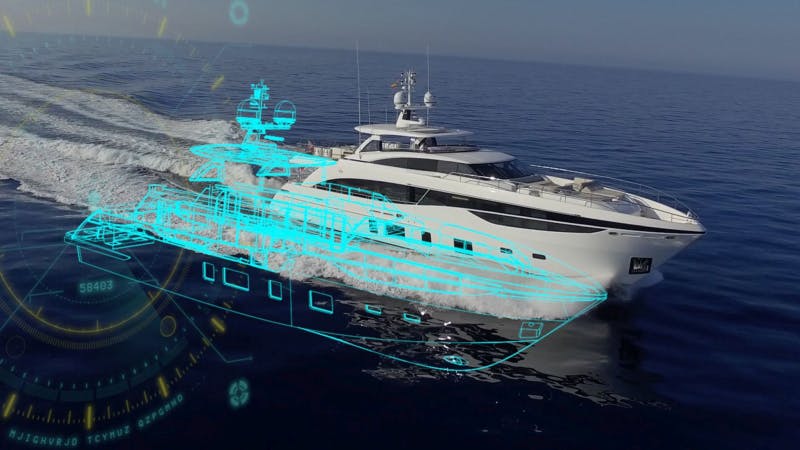This webinar explores the current trends in marine electrification and highlights best practices for designing and optimizing the performance of rotating electric motors. The current trend towards reduced shipping emissions has created increased opportunities for electric power solutions. However, marine motors must fulfill strict safety and efficiency requirements. Hear from our experts on how our software solutions provide an integrated approach to electric motor design, make full use of virtual prototyping, and help create innovative electric systems which meet the future needs of the industry.
In this webinar on marine electrification you will learn:
- The electrification challenges facing the marine industry
- The benefits of using an integrated design system for electric motors for marine applications
- The benefits of using multi-physics and multi-disciplinary analysis at various design stages
- How to combine electromagnetic, thermal and system-level simulation, and optimization software to reduce prototype costs and design times
Learn how our solutions help you to meet electrification challenges with a digital twin
One way of meeting the IMO regulations on reducing carbon and sulphur emissions is to look to electric and hybrid engines and motors. This approach is of particular interest to smaller vessels, including ferry operators, with the added benefit of reduction in noise pollution. Electric motor design is a structured process, involving multiple iterations to ensure optimal performance. For marine operations, motors must perform efficiently over a wide range of environmental operating conditions. Failures in operation can have significant impacts on profitability, so predicting performance and resolving issues during the design phase is vital.
A digital twin approach creates a virtual prototype of the complete electric system, including the motor. Engineers can virtually model and validate each step of the design, identifying problems and resolving possible performance issues before any physical prototype is built. Simulation tools can model every aspect of electric motor and battery performance, from concept design to control validation. This enables rapid development as engineers can test and compare more design options than is possible with physical models. The final system is optimized for the demands of marine operation.
Watch a case study on electric motor design using Siemens simulation tools
During the webinar our experts will use a case study to demonstrate the use of our full range of electric machine design software (Simcenter Motorsolve, Simcenter MAGNET, Simcenter MAGNET Thermal, and Simcenter 3D). They will also show how these can combine with system level design software (Simcenter Amesim) and design exploration tools (Simcenter HEEDS), to tackle common design problems.
Meet our experts who discuss simulation solutions for marine electrification
Adrian Perregaux, Application Engineer
Adrian holds a B.S. in Mathematics and Physics, and an M.S. in Magnetism and Magnetic Applications. His career has been continuously focused around magnetism, working on both the design and understanding of magnetic devices, and the development of simulation software for magnetic component design. For the last 9 years, he has worked as an Application Engineer for Siemens, using his experience to help customers get the most from our solutions.
Darren Nunes, Simcenter Solutions Consultant
Darren received his B.S. in Electrical and Computer Engineering from Northeastern University, and his M.S. in Power Systems Management from Worcester Polytechnic Institute. He is a specialist in real-time simulation, controls verification and validation, and workflow management/optimization in the 1D simulation space.
